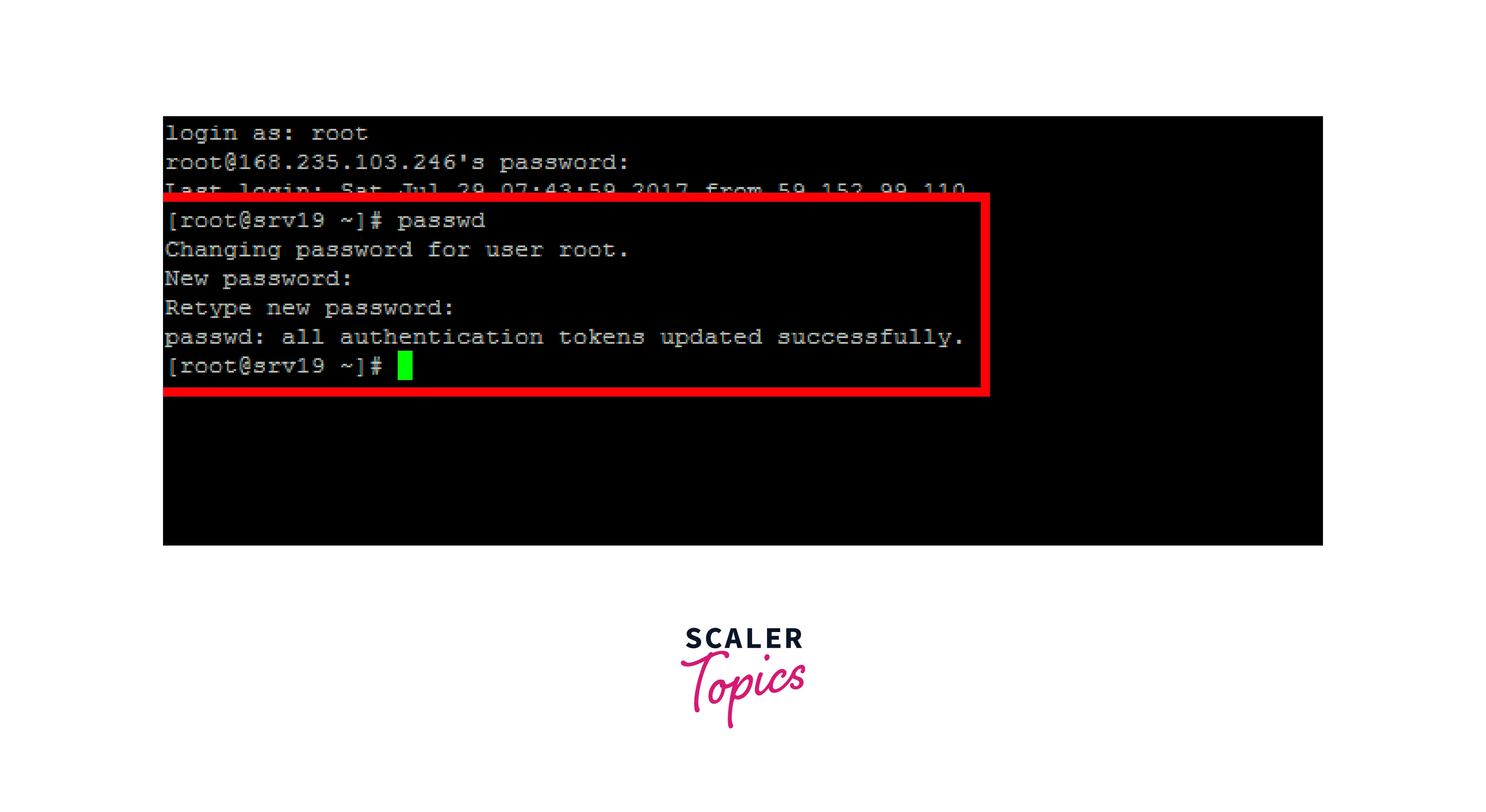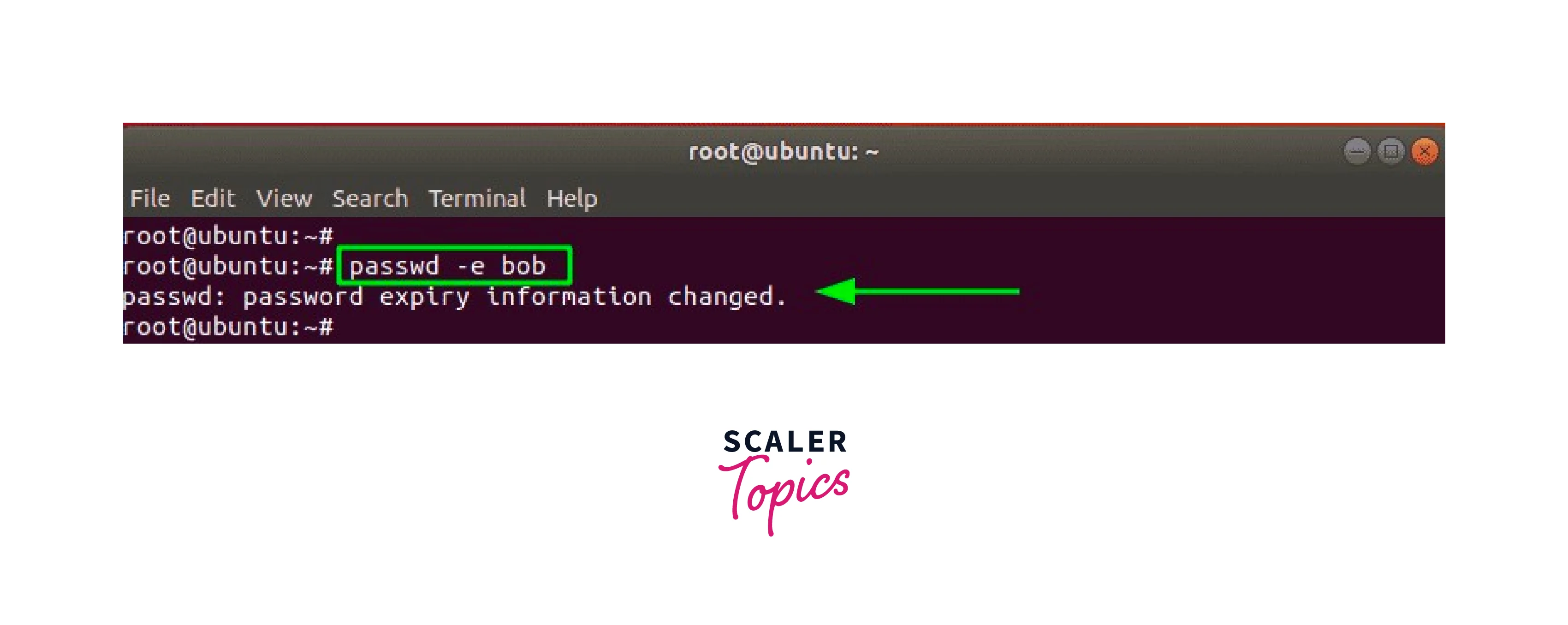How to Change Password in Linux?
Ensuring the security of your Linux system is of paramount importance, and one fundamental aspect of maintaining security is regular Linux password changes. Changing passwords at regular intervals helps safeguard your sensitive data and prevents unauthorized access to your Linux user accounts. Changing your password regularly is a fundamental aspect of maintaining security in a Linux system. Linux provides various methods to change passwords, including command-line tools and graphical user interfaces (GUIs). This article provides a step-by-step guide on linux password change
Starting with opening the terminal, it walks you through using the passwd command to change your password. The process involves entering your current password, choosing a new password, and confirming the change. By following this guide, Linux users can easily update their passwords and enhance the security of their accounts.
How to Change Another User’s Password in Linux?
Linux system administrators frequently have to handle user accounts and the passwords that are associated with them. As an administrator or someone with the right permissions, you might occasionally need to modify the password for another user. Through Linux's command line, this is simple to complete.
-
Step - 1: Open the Terminal
To begin, open a terminal on your Linux system. The terminal is a command line interface that allows you to interact with the operating system using text-based commands. You can usually find the terminal application in the applications menu or by using the keyboard shortcut Ctrl + Alt + T.
-
Step - 2: Switch to the Root User
To change another user's password, you'll need administrative privileges. In Linux, the root user has the highest level of administrative access. To switch to the root user, type the following command and press Enter:
You will be prompted to enter the password for the current user account. Enter your password and press Enter.
-
Step - 3: Run the 'passwd' Command
Once you are logged in as the root user, type the following command and press Enter:
-
Step - 4: Enter the New Password
After running the passwd command, you'll be prompted to enter a new password for the specified user. Type the new password and press Enter. It's important to choose a strong password that meets the system's requirements.
-
Step - 5: Confirm the New Password
After entering the new password, you'll be asked to re-enter it for confirmation. Type the new password again and press Enter. Make sure both entries match exactly to avoid any mistakes.
-
Step - 6: Password Changed Successfully
If the new password meets the system's requirements, you will see a success message indicating that the user's password has been changed. Congratulations! You have successfully changed another user's password in Linux.
-
Step - 7: Exit the Root User
After you have finished changing the user's password, it's good practice to exit the root user and return to your regular user account. To do this, type the following command and press Enter:
How to Force a Password Reset?
Forcing a password reset for a user account in Linux may be necessary in certain circumstances. Linux password change can assist in boosting security, dealing with forgotten passwords, or reducing future breaches. Forcing a password reset can be a helpful tool for administrators who oversee online services or developers who work with Windows or Linux.
-
Step - 1: Open the Terminal
Follow the same steps as discussed above to open the terminal.
-
Step - 2: Expiring the Current password
Use the Below command to reset the user's password. For example, in Ubuntu, you can use the passwd command with the user's username and option "-e" to expire the password:

Next time whenever the User logs in, the User will be forced to change the password.
What is the Passwd Command?
Several Unix-like operating systems, including Linux, provide the passwd command as a utility. Managing user account passwords is done using it. Allowing users to modify their passwords is the main purpose of the passwd command. The ability to change passwords for other users is also available to system administrators with the necessary rights.
Additionally, the passwd command provides extra parameters that let users or administrators take particular actions relating to passwords. As an illustration, some typical choices are:
Here are a few examples of how the passwd command can be used:
-
To change your password:
-
To change the password for a specific user (as an administrator):
-
To lock a user's account:
-
To unlock a previously locked user account:

Conclusion
Here are the key points from the passage about the importance of password change in Linux for security:
- Password change is a crucial security practice in Linux to prevent unauthorized access to the system and critical data.
- Linux provides simple options for updating your password, whether through the command-line or graphical user interface.
- Follow the provided instructions to quickly change your Linux password.
- Always choose strong passwords that are unique and not used elsewhere, incorporating a combination of uppercase and lowercase letters, numbers, and special characters.
- Best practices for maintaining Linux security include changing your password frequently and adhering to proper password hygiene.
- Prioritize the security of your Linux system by constantly changing passwords and keeping them secure.
- By implementing these safeguards, you can create a safer and more protected Linux environment.
